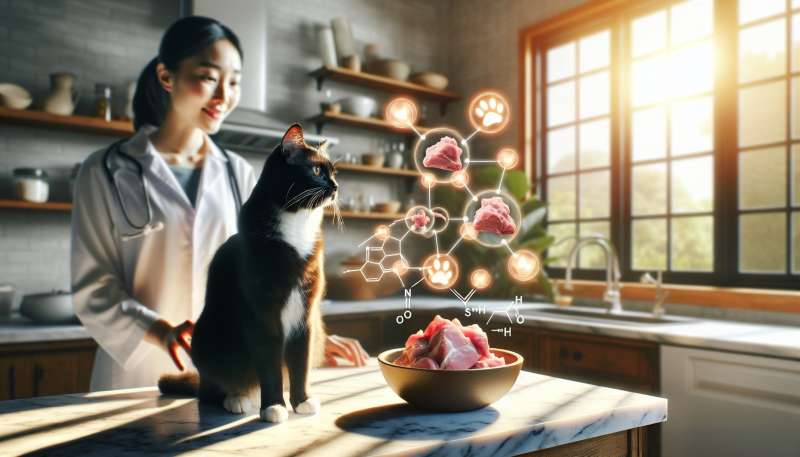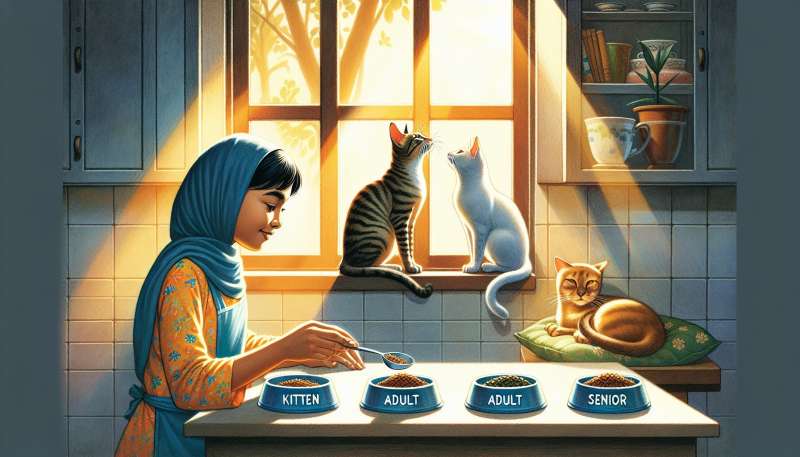
Understanding Cat Nutrition
Cats are obligate carnivores, meaning they require a diet high in animal protein. They need specific nutrients like taurine and arachidonic acid which are found only in animal tissue.
Commercial Food Options
Commercial cat foods are formulated to meet all nutritional needs. Options include dry kibble, which is economical and good for dental health, and wet food, which provides hydration and is often more palatable.
Feeding Frequency Matters
Adult cats typically need to eat twice a day. Kittens require more frequent meals, about three to four daily. Senior cats may need adjustments in diet and meal frequency due to slower metabolism.
Correct Portion Sizes
Portion control is vital to prevent obesity. The amount varies by age, weight, and activity level. Always check the food label and consult with a vet to determine the right portion size for your cat.
Raw Diet Considerations
A raw diet can mimic natural feline eating habits. However, it requires careful balance to avoid nutritional deficiencies and prevent foodborne illnesses. Consultation with a vet nutritionist is recommended before starting.
Hydration Is Key
Cats often have low thirst drives and can be prone to dehydration. Providing a water fountain and feeding wet food can encourage them to drink more water and support kidney health.
Avoid Dangerous Foods
Some human foods are toxic to cats, including onions, garlic, chocolate, and caffeine. Even small amounts can be harmful. Always keep these foods out of your cat's reach.
What dietary type are cats?
Omnivores like humans
Herbivores needing plant-based diets
Obligate carnivores needing animal protein
Company